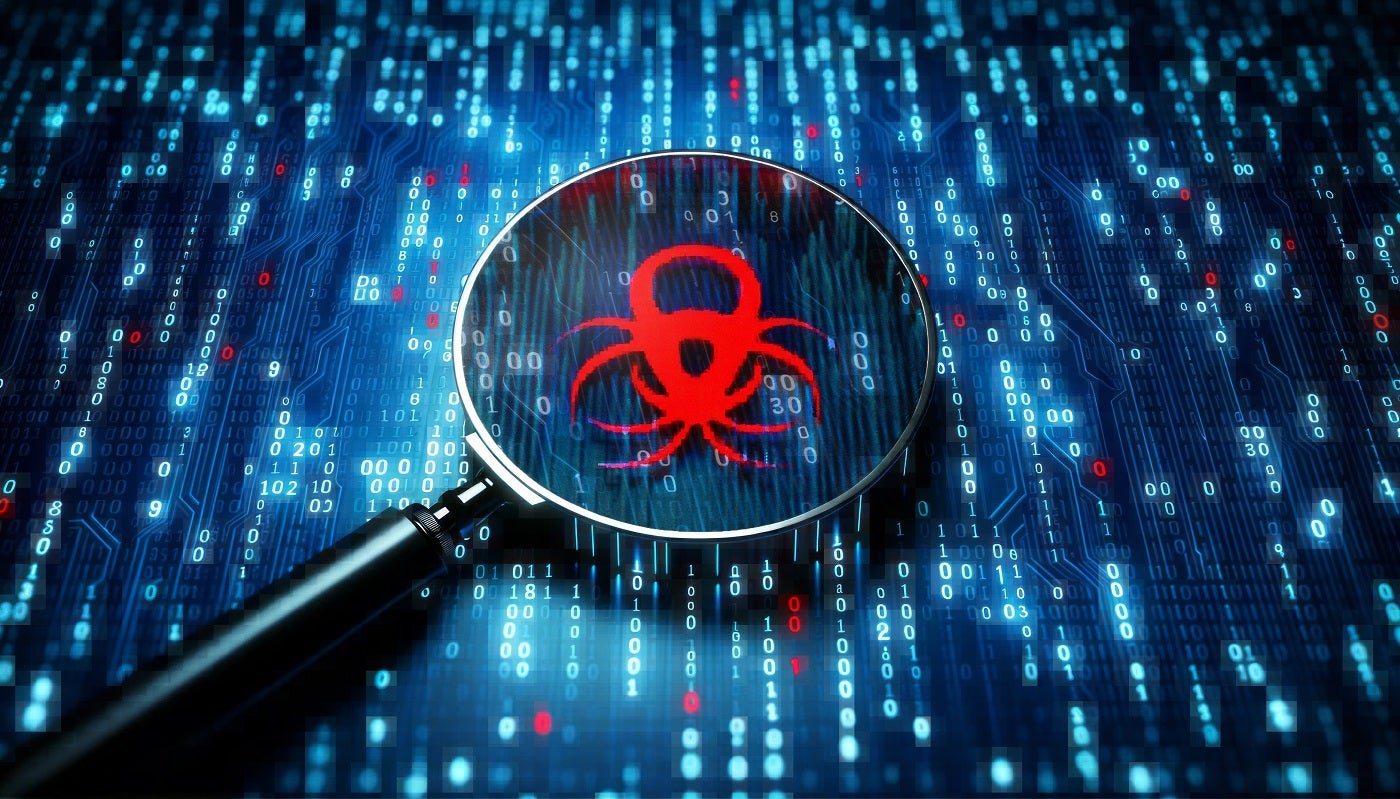- Learn with Cisco at Cisco Live 2025 in San Diego
- This Eufy robot vacuum has a built-in handheld vac - and just hit its lowest price
- I highly recommend this Lenovo laptop, and it's nearly 50% off
- Disney+ and Hulu now offer prizes, freebies, and other perks to keep you subscribed
- This new YouTube Shorts feature lets you circle to search videos more easily
What Is Cyber Threat Hunting? (Definition & How it Works)

Cyber threat hunting involves proactively searching for threats on an organization’s network that are unknown to (or missed by) traditional cybersecurity solutions. A recent report from Armis found that cyber attack attempts increased by 104% in 2023, underscoring the need for pre-emptive threat detection to prevent breaches.
What is cyber threat hunting?
Cyber threat hunting is a proactive security strategy that seeks to identify and eliminate cybersecurity threats on the network before they cause any obvious signs of a breach. Traditional security methodologies and solutions reactively detect threats, often by comparing threat indicators (like the execution of unknown code or an unauthorized registry change) to a signature database of known threats.
Cyber threat hunting uses advanced detection tools and techniques to search for indicators of compromise (IoCs) that haven’t been seen before or are too subtle for traditional tools to notice. Examples of threat hunting techniques include:
- Searching for insider threats, such as employees, contractors or vendors.
- Proactively identifying and patching vulnerabilities on the network.
- Hunting for known threats, such as high-profile advanced persistent threats (APTs).
- Establishing and executing incident response plans to neutralize cyber threats.
Why threat hunting is needed
Traditional, reactive cybersecurity strategies focus primarily on creating a perimeter of automated threat detection tools, assuming that anything that makes it through these defenses is safe. If an attacker slips through this perimeter unnoticed, perhaps by stealing authorized user credentials through social engineering, they could spend months moving around the network and exfiltrating data. Unless their activity matches a known threat signature, reactive threat detection tools like antivirus software and firewalls won’t detect them.
Proactive threat hunting attempts to identify and patch vulnerabilities before they’re exploited by cyber criminals, reducing the number of successful breaches. It also carefully analyzes all the data generated by applications, systems, devices and users to spot anomalies that indicate a breach is taking place, limiting the duration of – and damage caused by – successful attacks. Plus, cyber threat hunting techniques typically involve unifying security monitoring, detection and response with a centralized platform, providing greater visibility and improving efficiency.
Pros of threat hunting
- Proactively identifies and patches vulnerabilities before they’re exploited.
- Limits the duration and impact of successful breaches.
- Provides greater visibility into security operations on the network.
- Improves the efficiency of security monitoring, detection and response.
Cons of threat hunting
- Purchasing the necessary tools and hiring qualified cybersecurity talent requires a heavy up-front investment.
Types of threat hunting tools and how they work
Below are some of the most commonly used types of tools for proactive threat hunting.
Security monitoring
Security monitoring tools include antivirus scanners, endpoint security software and firewalls. These solutions monitor users, devices and traffic on the network to detect signs of compromise or breach. Both proactive and reactive cybersecurity strategies use security monitoring tools.
Advanced analytical input and output
Security analytics solutions use machine learning and artificial intelligence (AI) to analyze data collected from monitoring tools, devices and applications on the network. These tools provide a more accurate picture of a company’s security posture—its overall cybersecurity status—than traditional security monitoring solutions. AI is also better at spotting abnormal activity on a network and identifying novel threats than signature-based detection tools.
Integrated security information and event management (SIEM)
A security information and event management solution collects, monitors and analyzes security data in real-time to aid in threat detection, investigation and response. SIEM tools integrate with other security systems like firewalls and endpoint security solutions and aggregate their monitoring data in one place to streamline threat hunting and remediation.
Extended detection and response (XDR) solutions
XDR extends the capabilities of traditional endpoint detection and response (EDR) solutions by integrating other threat detection tools like identity and access management (IAM), email security, patch management and cloud application security. XDR also provides enhanced security data analytics and automated security response.
Managed detection and response (MDR) systems
MDR combines automatic threat detection software with human-managed proactive threat hunting. MDR is a managed service that gives companies 24/7 access to a team of threat-hunting experts who find, triage and respond to threats using EDR tools, threat intelligence, advanced analytics and human experience.
Security orchestration, automation and response (SOAR) systems
SOAR solutions unify security monitoring, detection and response integrations and automate many of the tasks involved with each. SOAR systems allow teams to orchestrate security management processes and automation workflows from a single platform for efficient, full-coverage threat hunting and remediation capabilities.
Penetration testing
Penetration testing (a.k.a. pen testing) is essentially a simulated cyber attack. Security experts use specialized software and tools to probe an organization’s network, applications, security architecture and users to identify vulnerabilities that cybercriminals could exploit. Pen testing proactively finds weak points, such as unpatched software or negligent password protection practices, in the hope that companies can fix these security holes before real attackers find them.
Popular threat hunting solutions
Many different threat hunting solutions are available for each type of tool mentioned above, with options targeting startups, small-medium businesses (SMBs), larger businesses and enterprises.
CrowdStrike
CrowdStrike offers a range of threat hunting tools like SIEM and XDR that can be purchased individually or as a bundle, with packages optimized for SMBs ($4.99/device/month), large businesses and enterprises. The CrowdStrike Falcon platform unifies these tools and other security integrations for a streamlined experience.
ESET

ESET provides a threat hunting platform that scales its services and capabilities depending on the size of the business and the protection required. For example, startups and SMBs can get advanced EDR and full-disk encryption for $275 per year for 5 devices; larger businesses and enterprises can add cloud application protection, email security and patch management for $338.50 per year for 5 devices. Plus, companies can add MDR services to any pricing tier for an additional fee.
Splunk

Splunk is a cyber observability and security platform offering SIEM and SOAR solutions for enterprise customers. Splunk is a robust platform with over 2,300 integrations, powerful data collection and analytics capabilities and granular, customizable controls. Pricing is flexible, allowing customers to pay based on workload, data ingestion, number of hosts or quantity of monitoring activities.
Cyber threat hunting is a proactive security strategy that identifies and remediates threats that traditional detection methods miss. Investing in threat hunting tools and services helps companies reduce the frequency, duration and business impact of cyber attacks.

